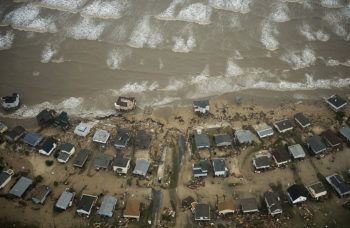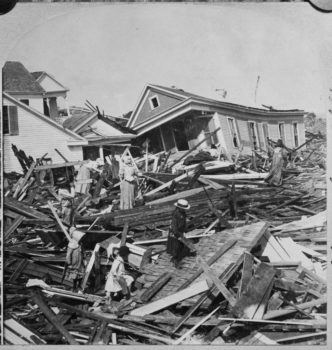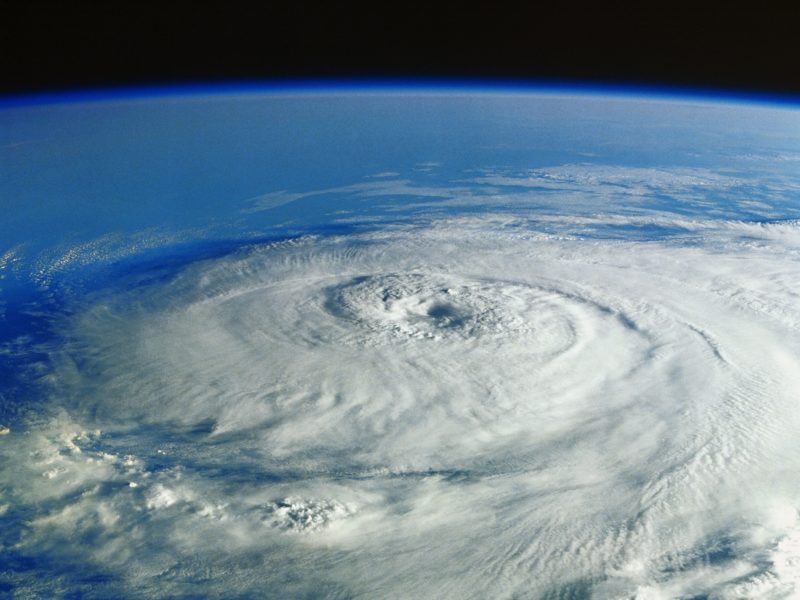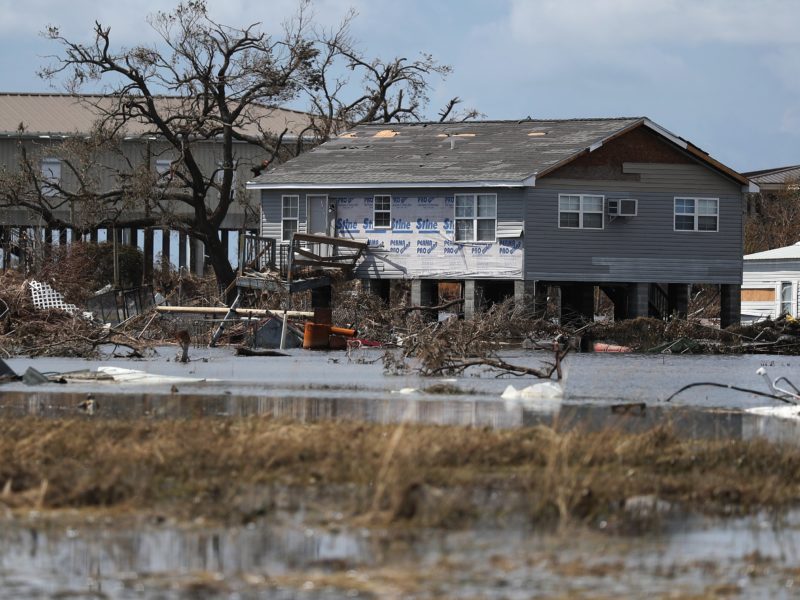Texas A&M Expert: Ike Dike Still Needed To Protect Galveston Area

With two hurricanes currently tracking in the Gulf of Mexico, a Texas A&M University professor says the need for the Ike Dike is greater than ever to prevent catastrophic damage to areas around Galveston and Houston.
William Merrell, who holds the George P. Mitchell Chair in Marine Sciences at Texas A&M-Galveston and is a former president of the school, believes the Ike Dike concept would be highly effective. It is named for the devastating 2008 hurricane that slammed into Galveston, resulting in $30 billion in damages and killing more 50 people. The Ike Dike is modeled after the Delta Works project in The Netherlands, which built the complex following 1953 floods that killed more than 2,500. It’s believed not one death has occurred from flooding in the area since the Delta Works project was constructed.
For Texas, Merrell has proposed a “coastal spine” plan that would include barriers, levees and the heart of the Ike Dike — two enormous gates, each about the size of the Eiffel Tower, that would close off Galveston Bay from storm surge.
Since Hurricane Ike hit in 2008, the Texas coast is as vulnerable as it’s ever been, and little has been done regarding storm protection.
“There have really been no real improvements or progress to prevent hurricane damage since Ike hit,” Merrell said. “The Army Corps of Engineers and Texas General Land Office are finishing a major feasibility study for the Texas Coast. Part of that is a coastal surge protection plan for the upper Texas Coast, such as Galveston Bay, that incorporates many of the features of the Ike Dike. It should be out for comment in late October and in final form by next spring. Congress still would have to fund and matching local funds need to be found.”
Cost estimates range from $10 billion to $20 billion depending on what design models are used, among other factors.

Galveston is no stranger to hurricanes. The 1900 hurricane that hit the area remains the deadliest natural disaster in U.S. history, claiming at least 6,000 lives and completely destroying the city, which was one of the wealthiest in the country and called “the New York of the South” at the time.
A 15-foot high seawall was constructed after that storm hit, and has protected much of a 10-mile coast stretch of Galveston Island. But most of the island still has no protection at all.
Most of Ike’s damage was at the back end of the island, where 10- to 15-foot storm surge devastated much of Galveston.
Studies have shown that if a Category 5 storm made a direct hit on the Galveston-Houston area, it would create at least $100 billion in damages, shut down the Houston Ship Channel – one of the country’s busiest ports where 35 percent of the nation’s oil arrives from the Gulf – and result in the likely loss of at least 500,000 jobs.
Another result of Ike was the havoc it created for classes at Texas A&M-Galveston. Since about three-fourths of Galveston was submerged by water, the school was forced to relocate almost 2,000 students to the main College Station campus for the remainder of the semester in what may have been the largest relocation in higher education history.
Merrell says Texas could be living on borrowed time since no progress to protect the island has been done since Ike.
“The Ike Dike would work, I am sure of it,” Merrell said. “If you stop the storm surge at the coast, you protect everyone – Galveston, Houston, everybody.
“Obviously this is a very busy and probably record-breaking season – I believe it’s the fifth above average season in a row. There are theories that suggest that in the future, we might get more major hurricanes and that there are now many more intense rainfall events,” he said. “Also, there is evidence that many storms are slowing down as they approach the coast – more flooding and longer duration surges. The flooding threat is getting worse and worse.”
Media contacts:
- William Merrell, 409-740-4732, merrellw@tamug.edu
- Rebecca Watts, Texas A&M-Galveston marketing and communications, 409-740-4840, rwatts@tamug.edu
- Keith Randall, keith-randall@tamu.edu




